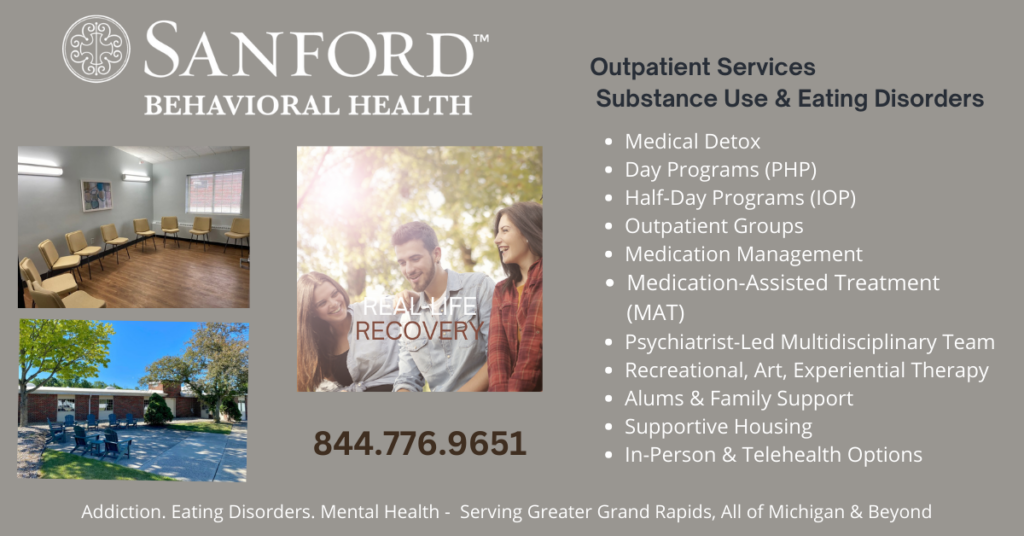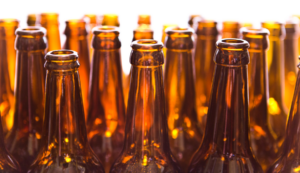Binge Drinking and Your Liver

It’s not just how much you drink but the way you drink.
Recently, we wrote an article on alcohol-related liver disease being on the rise. It didn’t seem like a particularly exciting piece. It listed stats from the CDC and a description of the stages of liver disease. Interestingly, the article garnered a large readership and an abundance of comments on Facebook. Everything from wisecracks to political rants to heartfelt warnings such as, “My fiance just had a liver transplant,” and “As a former alcoholic, do something productive with your life and learn to keep busy with sobriety.”
We love engagement on social media (even the jokes) because it tells us we are on the right track in providing information. There is no controversy here (although the guy who wrote, “Let’s drink to our health!” made us chuckle); the best way to prevent alcohol-related liver disease is to abstain or drink alcohol in moderation. However, a new study looks at drinking patterns, concluding that not just how much you drink but the way you drink impacts liver disease.
How does binge drinking impact the liver? Let’s start with a definition. According to the National Institute on Alcohol Abuse and Alcoholism (NIAAA), binge drinking is “a pattern of drinking that brings blood alcohol concentration to 0.08%.” This usually happens if a woman has four alcoholic drinks and a man five drinks within two hours. A drink is defined as 12 fl oz of beer, 5 fl oz of wine, or 1.5 fl oz of distilled spirits (gin, vodka, whiskey).
When a person drinks more than four or five drinks within two hours, it puts an additional strain on the liver. The liver’s job is to filter waste from the body and break down alcohol. Binge drinking overwhelms the liver, and it is not able to keep up with detoxification. This leads to an accumulation of toxins and the development of liver disease over time. For more information on liver disease, click the link below.
Alcohol-Related Liver Disease on the Rise
In a new study from researchers at University College London, the Royal Free Hospital, and the Universities of Oxford and Cambridge, the risk of alcohol-related liver disease is increased when binge drinking is combined with genetic makeup. Studies often look at the relationship between alcohol volume and liver disease. Binge drinking was largely considered to be an independent risk factor. This study looked at the pattern of drinking and found it was a better indicator than volume.
- Those with a genetic risk of liver disease who also binge drink have a six times greater risk of developing the disease than those who drink within daily limits, even when they drink daily. In other words, it is not just how much you drink but the way you drink that is significant.
- If the person also has type 2 diabetes, it puts them at greater risk.
- When an individual has a genetic risk, type 2 diabetes, and binge drinks, the development of cirrhosis of the liver is more significant than with daily drinking or drinking volume.
- Study findings could help recognize those who need targeted medical interventions to prevent liver disease.
*Ding, C., Ng Fat, L., Britton, A. et al. Binge-pattern alcohol consumption and genetic risk as determinants of alcohol-related liver disease. Nat Commun 14, 8041 (2023). https://doi.org/10.1038/s41467-023-43064-x





